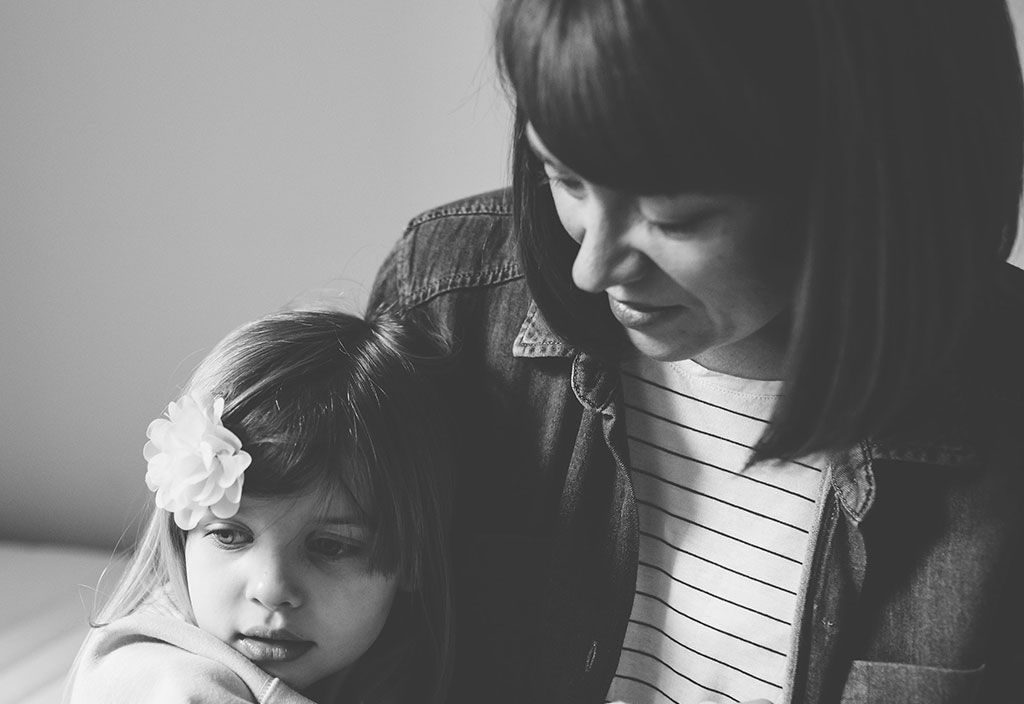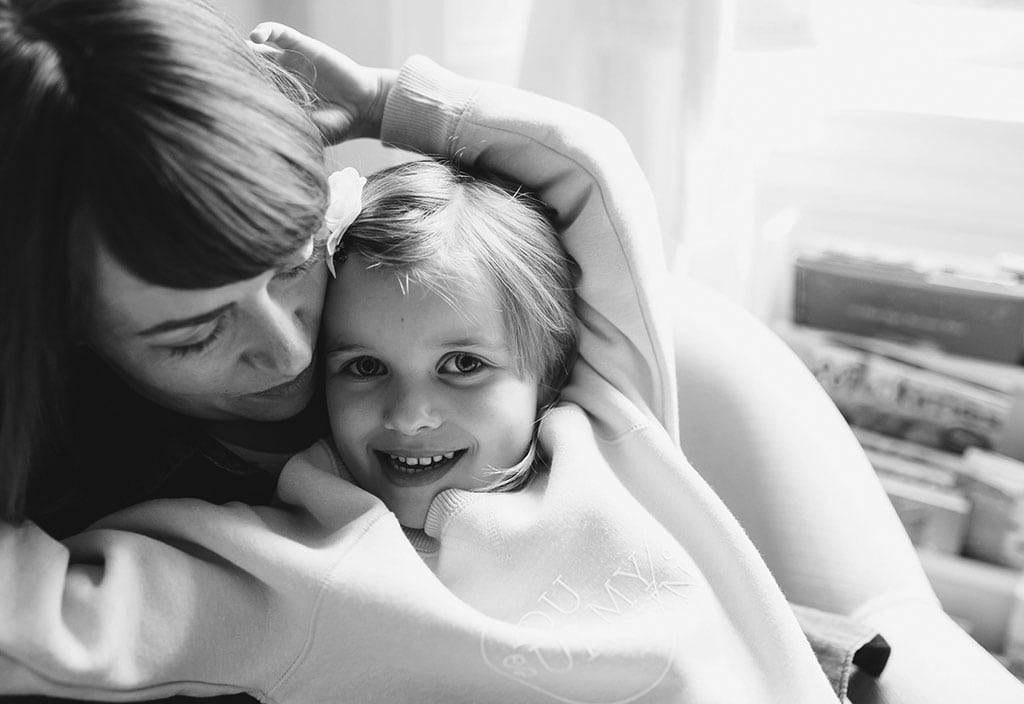My next blog for Maternal Mental Health Week takes us beyond my first experience of motherhood, my diagnosis of PND shortly after my daughter was born, and my recent history of secondary infertility and recurrent miscarriage.
I created this website in early 2018 as a way of journaling about our fertility story as well as supporting myself and connecting with others during my testing and treatment. You can find earlier blogs about my testing, treatment and planning in the archives and so I’ll avoid repeating myself for those of you who are familiar with the hurdles we’ve faced over the last three years.
Today, I want to use this space to talk about the last nine months and about letting go of guilt and leaning into fear.

Since deciding to put the breaks on trying to conceive last summer, following a fifth pregnancy loss, guilt and fear are the emotions I’ve grappled with most. The grieving process can be complex, said to be a fine balance of holding on and letting go, something I’m finally making sense of.
I no longer feel responsible for our losses, I’ve created space here and in my life and in my heart for all of our babies, and I’ve found a way to delicately mother Cora while navigating the loss of her baby brother. All of these things came with their own unique challenges and it’s taken time for me to make peace with what’s happened to us over the last few years. Of course, I still have down days, but they’re fewer. Processing guilt and learning about fear has helped.
Recently I realised that all I’ve ever wanted since June 2016 is to have Harris back, and as much as I love him and wish life was different, I can’t change it. But I can change how I respond to our situation. I need to create space for new things, something I don’t think I’ve been emotionally or mentally ready for in all the time we’ve continued to try. That was very hard for me to admit to myself for a long time.
Given our struggles, it was important for us first to take time out to see how life might look and feel without trying, to almost test the idea of stopping altogether and to give my body and mind the chance to heal, and I now see that I’d placed unrealistically high expectations of myself to recover quickly from each loss – something those around us were gently trying to let me know – and I needed to be kind to myself.
I was in a constant state of stress – in fight or flight mode – and had been for the best part of two years.
When we first took the decision to stop trying, I felt so much relief. We told our closest family and friends that we had come to the end of the road (for now), I wrote a blog to process my feelings around it (as writing is definitely my therapy!), then turned my attention back to life and work. Business as usual. Or so I thought…I had just made one of the most difficult choices of my life. And deciding to stop trying to grow our family felt so unnatural – the complete opposite of our hopes and dreams and the life we had imagined for ourselves – and the grief eventually caught up with me again. Only this time it impacted on me physically. And after learning about how loss grief can manifest in the body I don’t doubt that it had some impact on how I was feeling – guilt and fear and the overwhelm they bring meant I was in a constant state of stress – in fight or flight mode – and had been for the best part of two years.
So, over time, I’ve had to learn to listen to my body and mind and give them what they need. Following NHS physiotherapy and rheumatology appointments I was eventually given the diagnosis of polyarthralgia – but all that really does is explain some of my symptoms – pain in multiple joints. Fortunately, I’ve had private support in the form of private physiotherapy, osteopathy and reflexology, and the focus has been on managing those symptoms rather than trying to get to a root cause. Sometimes, there isn’t one particular thing that results in pain in the body and, while that left me in a state of limbo for a while, it’s also given me the chance to focus on other things such as my mental health.
Allowing ourselves to ask for and accept support is one of the truest forms of self-love.
To cut a long story short, we’ve learned a lot about our fertility over the last few years, and feel ready to open our hearts back up to the possibility of growing our family again. Despite being in a challenging place physically, I feel emotionally and mentally well. Writing and talking and sharing has helped me make sense of the big stuff and make the tough calls. But that doesn’t mean I’ll be sharing the intimate details as we find the courage to try again – I’m learning to create better boundaries – but Maternal Mental Health Week has given me an opportunity to read other stories and it’s inspired me to share my own story again and invite support from the fertility community. I had a really powerful conversation with a close friend yesterday and we touched on the idea of receiving help and how difficult it can be. Allowing ourselves to ask for and accept support is one of the truest forms of self-love – and it’s something I’m ready for.
I’m also ready to put all of my fertility knowledge into action now we have the right team of people around us and feel safe and supported. Our local NHS fertility clinic has so much faith in us, my EFT coach is always on hand to offer support, my reflexologist is the absolute bee’s knees, and we have a treatment plan for pregnancy that we’ve never had the opportunity to even try. You see, we found out so much between our fourth and fifth loss – in that time we decided to invest in private testing, leaving no stone unturned – but sadly our last pregnancy ended within days and I didn’t get the chance to even start treatment. Looking back, I think felt like I’d failed at the first hurdle. And it was all too much after the time and energy (not to mention money) we’d invested.
But if we don’t try again, I’ll always wonder what if. And what ifs have been at the root of much of my guilt and fear. What if I’d done X, Y and Z…would Harris be alive? What if we knew what we knew now…would we have lost so many babies? What if we can’t grow our family…how will I accept that? Well, this is the question we have no answer to. But I do know that I’ll never accept it if I don’t give my treatment plan a chance.
It will be some time before we take those bold steps, but it feels good to be in a better place, a kinder and gentler one, where I can hold onto the memories that serve me and let go of the unhelpful thoughts and feelings that don’t.
Love,
Sarah x


